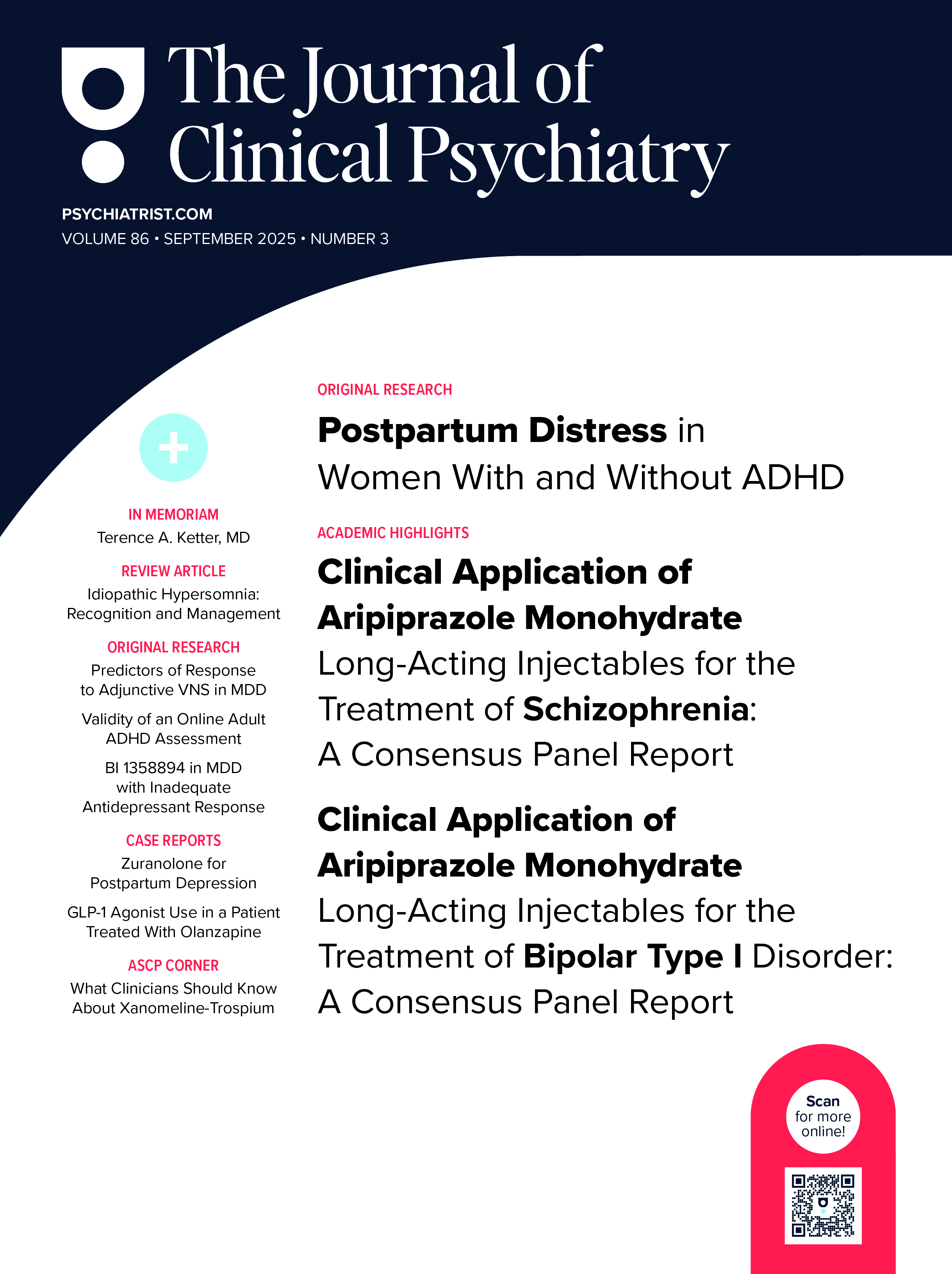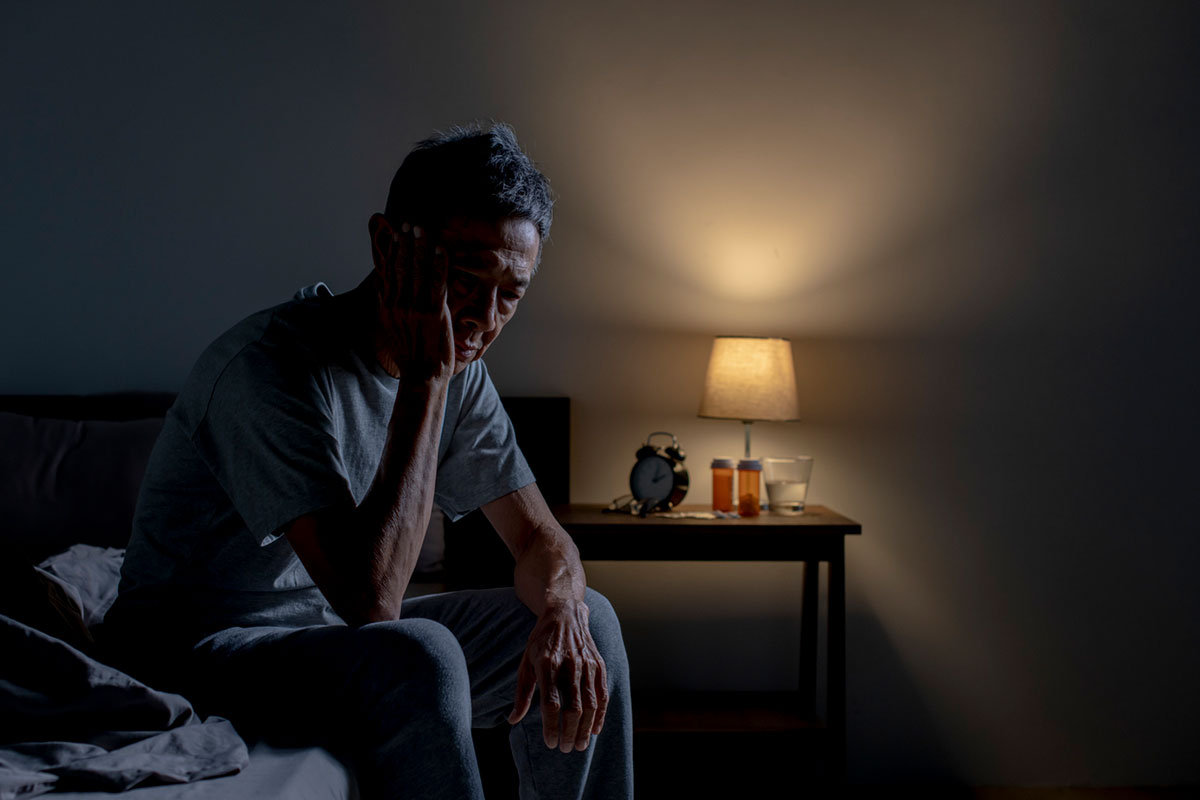Abstract
Objectives: We studied the association between obstructive sleep apnea (OSA) based on STOP-Bang questionnaire and suicidal risk behaviors (ideations, plans, and attempts) in the general population using a nationally representative sample from South Korea.
Methods: Data were obtained from 11,917 adults (aged ≥40 years) who participated in the Korea National Health and Nutrition Examination Survey (2019−2020). Multiple logistic regression analyses were used to evaluate the association between suicidal behaviors and intermediate-high risk OSA (STOP-Bang score ≥3).
Results: Poor health status, severe stress, less sleep time, poor quality of life, and depression were significantly more common in the intermediate-high risk OSA group compared to the low risk OSA group. The proportions of the intermediate-high risk OSA group who had suicidal ideation (2.5%), suicidal planning (1.8%), and suicidal attempts (0.5%) were higher than those in the low risk OSA group (1.1%, 1.2%, 0.1%; P < .001, respectively). A multivariate analysis after adjusting revealed that the odds ratios for suicidal ideations, planning, and attempts were 1.42 (95% confidence interval [CI]: 1.00–2.02), 1.21 (95% CI: 1.01–1.77), and 3.29 (95% CI: 1.50–7.24), respectively, in the intermediate-high risk OSA group.
Conclusions: Moderate-high risk groups of OSA based on the STOP-Bang questionnaire were associated with suicidal behaviors in a Korean population.
J Clin Psychiatry 2025;86(1):24m15345
Author affiliations are listed at the end of this article.
Members Only Content
This full article is available exclusively to Professional tier members. Subscribe now to unlock the HTML version and gain unlimited access to our entire library plus all PDFs. If you’re already a subscriber, please log in below to continue reading.
References (30)

- Choi SJ, Joo EY, Lee YJ, et al. Suicidal ideation and insomnia symptoms in subjects with obstructive sleep apnea syndrome. Sleep Med. 2015;16(9):1146–1150. PubMed CrossRef
- Tseng WC, Liang YC, Su MH, et al. Sleep apnea may be associated with suicidal ideation in adolescents. Eur Child Adolesc Psychiatry. 2019;28(5):635–643. PubMed CrossRef
- Udholm N, Fuglsang M, Lundbye-Christensen S, et al. Obstructive sleep apnea and risk of suicide and self-harm: a Danish Nationwide Cohort Study. Sleep. 2022;45(2):zsab286. PubMed
- Pivetta B, Chen L, Nagappa M, et al. Use and performance of the STOP-Bang questionnaire for obstructive sleep apnea screening across geographic regions: a systematic review and meta-analysis. JAMA Netw Open. 2021;4(3):e211009. PubMed
- Chung F, Yegneswaran B, Liao P, et al. STOP questionnaire: a tool to screen patients for obstructive sleep apnea. Anesthesiology. 2008;108(5):812–821. PubMed CrossRef
- Nagappa M, Liao P, Wong J, et al. Validation of the STOP-Bang questionnaire as a screening tool for obstructive sleep apnea among different populations: a systematic review and meta-analysis. PLoS One. 2015;10(12):e0143697. PubMed
- Korean National Statistical Office. 2010 Annual Report on the Cause of Death. Seoul, South Korea. Korean National Statistical Office; 2011.
- Kweon S, Kim Y, Jang MJ, et al. Data resource profile: the Korea National Health and Nutrition Examination Survey (KNHANES). Int J Epidemiol. 2014;43(1):69–77. PubMed CrossRef
- Kessler RC, Borges G, Sampson N, et al. The association between smoking and subsequent suicide-related outcomes in the National Comorbidity Survey panel sample. Mol Psychiatry. 2009;14(12):1132–1142. PubMed CrossRef
- Pfaff JJ, Almeida OP, Witte TK, et al. Relationship between quantity and frequency of alcohol use and indices of suicidal behavior in an elderly Australian sample. Suicide Life Threat Behav. 2007;37(6):616–626. PubMed CrossRef
- Brown DR, Galuska DA, Zhang J, et al. Psychobiology and behavioral strategies. Physical activity, sport participation, and suicidal behavior: U.S. high school students. Med Sci Sports Exerc. 2007;39(12):2248–2257. PubMed CrossRef
- Health UCfDCaP. Behaviors of Adults: United States. Vital and Health Statistics. 245:80.
- Coups EJ, Ostroff JS. A population-based estimate of the prevalence of behavioral risk factors among adult cancer survivors and noncancer controls. Prev Med. 2005;40(6):702–711. PubMed CrossRef
- Haskell WL, Lee IM, Pate RR, et al. Physical activity and public health: updated recommendation for adults from the American College of Sports Medicine and the American Heart Association. Med Sci Sports Exerc. 2007;39(8):1423–1434. PubMed CrossRef
- Jami J. The dilemma of classification of income levels in social research. NEHU Journal. 2018;16(1):19–30.
- Grandner MA, Patel NP, Gehrman PR, et al. Problems associated with short sleep: bridging the gap between laboratory and epidemiological studies. Sleep Med Rev. 2010;14(4):239–247. PubMed CrossRef
- Kim SH, Ahn J, Ock M, et al. The EQ-5D-5L valuation study in Korea. Qual Life Res. 2016;25(7):1845–1852. PubMed CrossRef
- Lee YK, Nam HS, Chuang LH, et al. South Korean time trade-off values for EQ-5D health states: modeling with observed values for 101 health states. Value Health. 2009;12(8):1187–1193. PubMed CrossRef
- Farney RJ, Walker BS, Farney RM, et al. The STOP-Bang equivalent model and prediction of severity of obstructive sleep apnea: relation to polysomnographic measurements of the apnea/hypopnea index. J Clin Sleep Med. 2011;7(5):459–65b. PubMed CrossRef
- Chung F, Abdullah HR, Liao P. STOP-Bang questionnaire: a practical approach to screen for obstructive sleep apnea. Chest. 2016;149(3):631–638. PubMed
- Young T, Evans L, Finn L, et al. Estimation of the clinically diagnosed proportion of sleep apnea syndrome in middle-aged men and women. Sleep. 1997;20(9):705–706. PubMed CrossRef
- Hobzova M, Prasko J, Vanek J, et al. Depression and obstructive sleep apnea. Neuro Endocrinol Lett. 2017;38(5):343–352. PubMed
- Kaufmann CN, Susukida R, Depp CA. Sleep apnea, psychopathology, and mental health care. Sleep Health. 2017;3(4):244–249. PubMed CrossRef
- Floras JS. Sleep apnea and cardiovascular disease: an enigmatic risk factor. Circ Res. 2018;122(12):1741–1764.
- Bishop TM, Walsh PG, Ashrafioun L, et al. Sleep, suicide behaviors, and the protective role of sleep medicine. Sleep Med. 2020;66:264–270. PubMed CrossRef
- Bishop TM, Ashrafioun L, Pigeon WR. The association between sleep apnea and suicidal thought and behavior: an analysis of national survey data. J Clin Psychiatry. 2018;79(1):17m11480. PubMed
- Porras-Segovia A, Pérez-Rodríguez MM, López-Esteban P, et al. Contribution of sleep deprivation to suicidal behaviour: a systematic review. Sleep Med Rev. 2019;44:37–47. PubMed CrossRef
- Olaithe M, Bucks RS. Executive dysfunction in OSA before and after treatment: a meta-analysis. Sleep. 2013;36(9):1297–1305. PubMed CrossRef
- Liu H, Wang X, Feng H, et al. Obstructive sleep apnea and mental disorders: a bidirectional mendelian randomization study. BMC Psychiatry. 2024;24(1):304.
- Kao LT, Lee HC, Lin HC, et al. Healthcare service utilization by patients with obstructive sleep apnea: a population-based study. PLoS One. 2015;10(9):e0137459.





